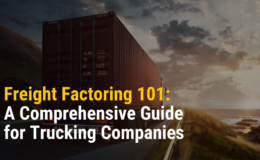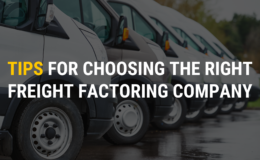Trucking expenses hit all time highs for the first quarter in 2018. However, those in the industry and on the outside should not confuse high trucking expenses with cash flow problems.
Trucking Expenses Signal A Strong Economy
Trucking expenses had very little to do with marketing at the start of 2018. In fact, the demand for shipping services is so high, the trucking industry has been building up its workforce. In March, there were over 100,000 jobs added to the overall United States economy. People are spending more. There has been an increase in both business-to-business and business-to-customer sales, and trucking is integral to both.
Trucking Expenses Focused On Hiring
At the start of 2018, the trucking industry faced a workforce deficit. With the rising demand from customers, fleets had even greater pressure to make up the difference. The rucking sector hired nearly 7,000 drivers in the first quarter of 2018, according to their jobs report. Even parcel carriers increased payroll by almost 6,000 jobs. The trucking industry at large has been using increased pay rates and sign-on bonuses to recruit and retain new drivers.
Finding A Balance
Trucking expenses do not exist in a vacuum. Right now, the trucking industry is still playing catch up for the lack of drivers from the previous year. The increased expense to recruit new drivers is offset by passing on the cost to customers. This is seen as a necessary evil, of sorts. Other industries, such as manufacturing and agriculture, may see a slight decrease in revenue because of the temporary rise in shipping costs, but this will balance out over time. During every period of economic growth, businesses need to spend capital in order to meet demands, and those costs need to be recouped until the next milestone is reached.
Looking Ahead to 2019
The trucking industry is still projected to grow even into the next year. As the larger workforce meets demand, the costs will reduce, even as the strength of the economy increases. What worried truckers as a whole is now starting to turn around. As fleets add more incentives, new people will not only apply for jobs in the trucking industry, they will be making long-term careers, which will help to balance out that portion of the workforce nearing retirement over the next few years.






